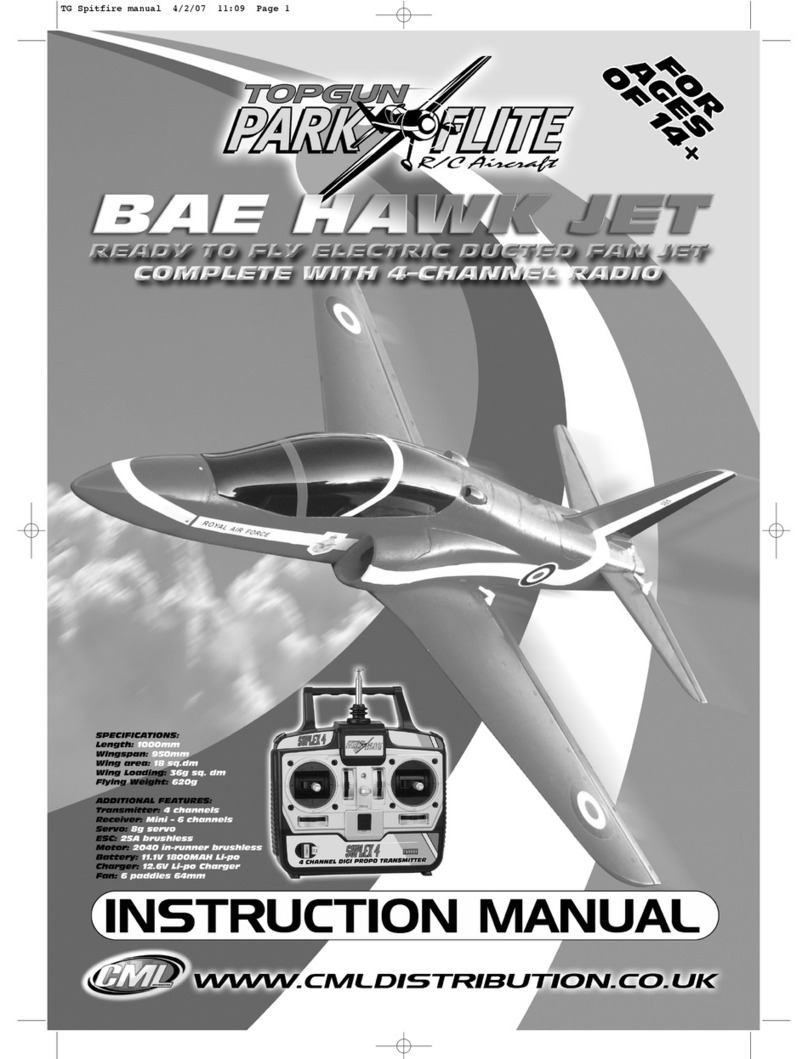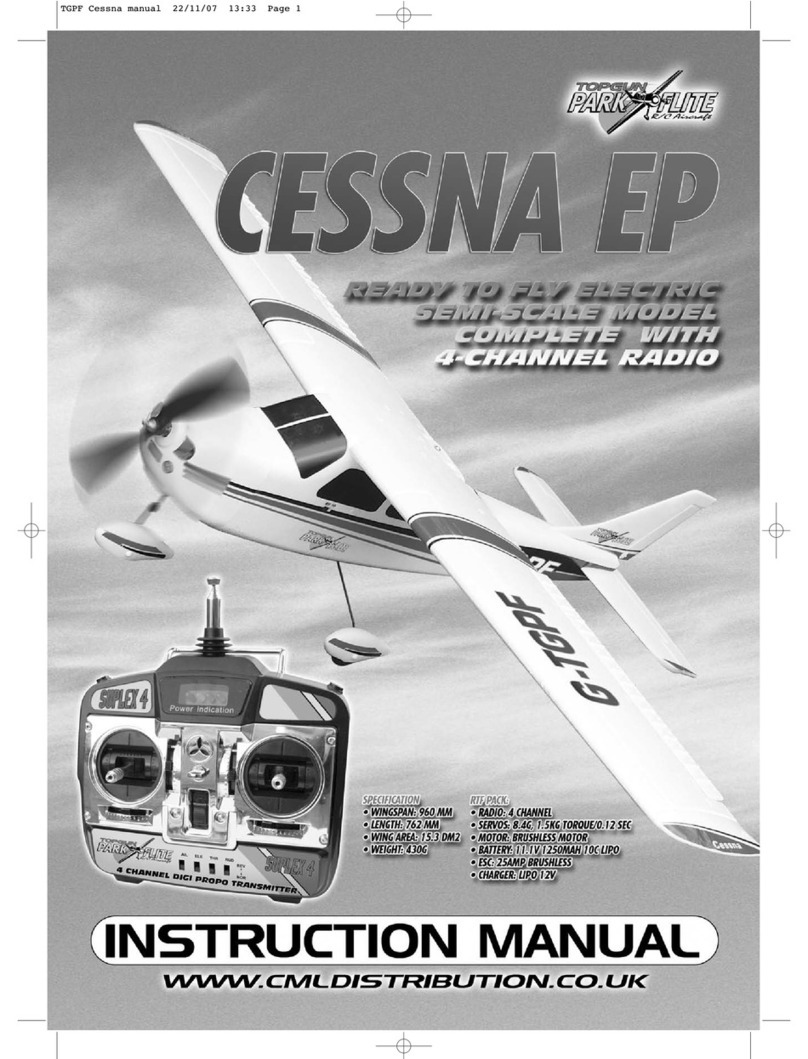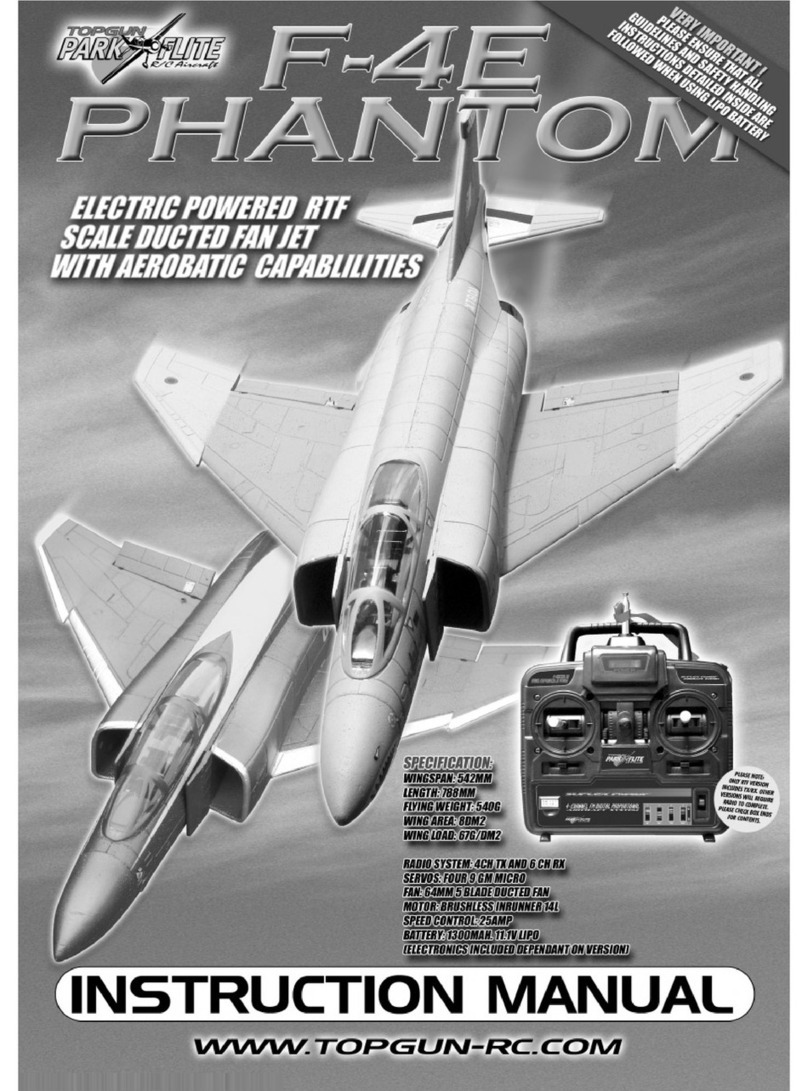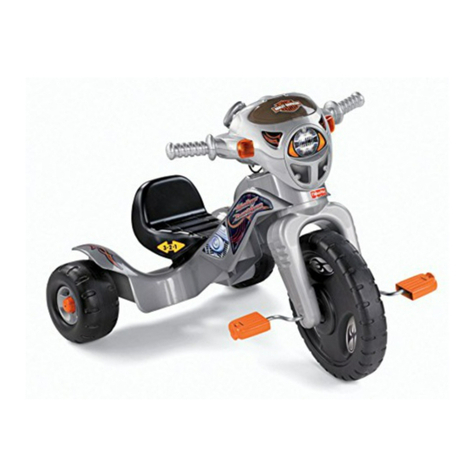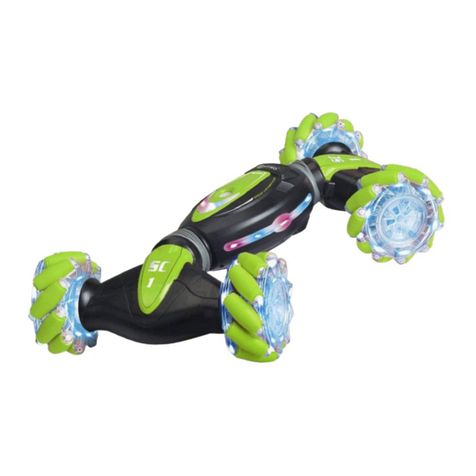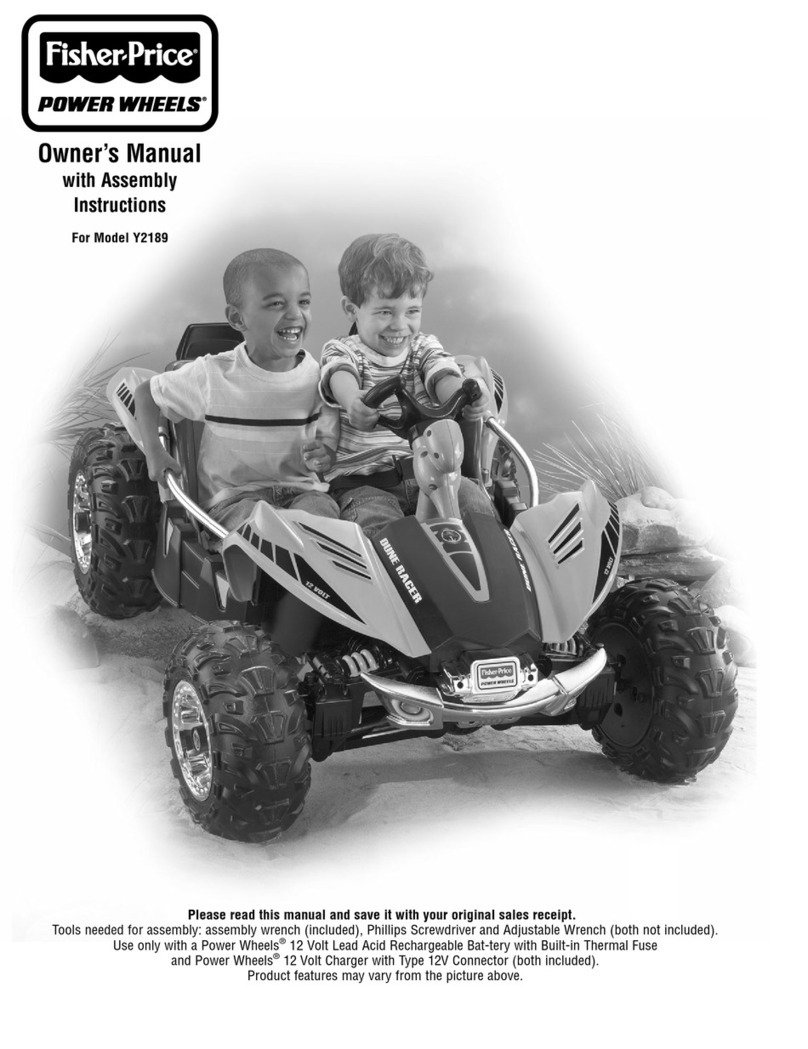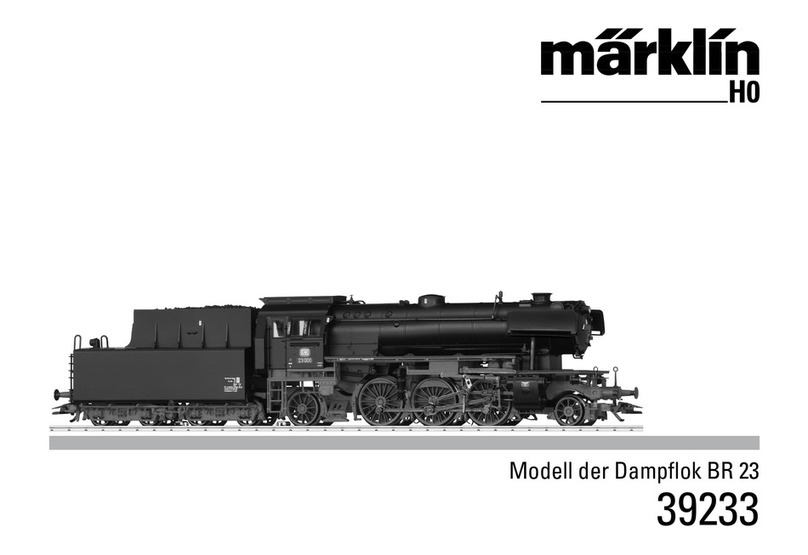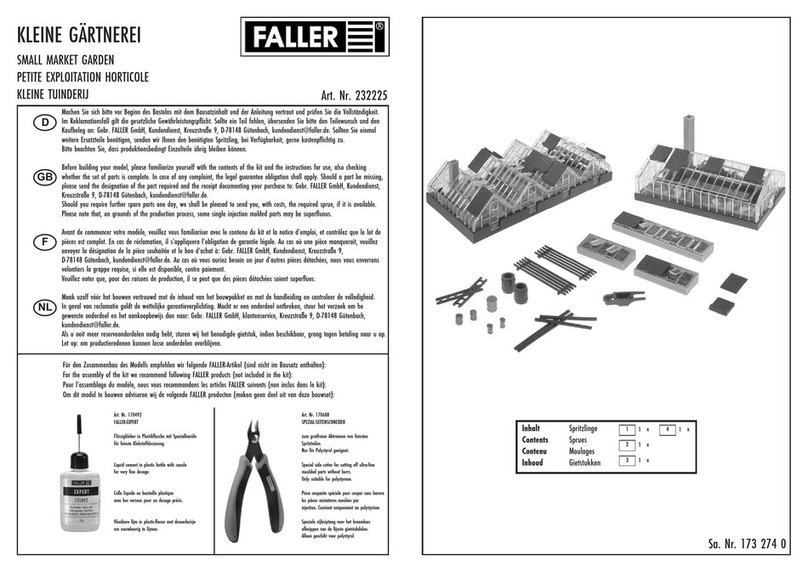Top Gun Park Flite Extra 330L User manual


2
Extra 330L
INSTRUCTION MANUAL
CONGRATULATIONS ON PURCHASING THE EXTRA330L RTF
Top Gun Park Flite are proud to present this high performance sport scale model of the famous Extra 330L.
We feel that this model emulates the style, performance and character of its full size counterpart.
Supplied as a Ready to Fly package with transmitter, LiPo flight battery and charger, this model has been
designed with the utmost care and attention to detail to produce a light weight, strong, and highly aerobatic
flying model.
This model is a high performance miniature aircraft that allows intermediate to advanced model pilots to
perform both precision aerobatic manoeuvers and the latest 3D style of flying. The light weight and large
wing area allow the model to fly extremely slowly, while still maintaining full control.
It is not a trainer and should not be tackled until the pilot is proficient on low wing aerobatic models.
These instructions assume a reasonable level of competence for both building and flying and we
recommend that the model is flown at a recognised club with frequency control measures and suitable third
party insurance.
The owner – pilot of this model should take note of regulations, and local bylaws before flying this aircraft.
Please take time to read through these instructions before commencing assembly. We list operations in
order of works to reduce the risk of damage during assembly.
RTF MODEL

3
WARNING
This R/C aircraft is not a toy and can result in serious
bodily harm, injury and property damage if misused. Fly
only in open areas and at preferably BMFA recognised
clubs and sites.
SPECIFICATIONS
WING SPAN: 960 MM
LENGTH: 897 MM
WING AREA: 19.3 DM
WEIGHT: 620 G
RADIO: 4 FUNCTION 35MHZ PPM
3 QTY 9G SERVOS
25AMP BRUSHLESS ESC
MOTOR: 400 SIZE IN RUNNER
8:1 REDUCTION GEARBOX
13 X 6.5 PROPELLOR
11.1V 1500MAH LIPO BATTERY
STATIC THRUST 1050G
PLEASE READ THROUGH
THE WARNINGS BEFORE
USE.
An 11.1V 1500 mAh lithium
polymer (LiPo) battery rated at 10C
and mains charger is included as
part of this package and these
cells must be operated with care to
prevent the risk of fire.
LiPo Batteries are soft cased and
can be easily damaged by sharp
items, puncturing of the soft casing
can cause fires and we recommend
that they are stored and handled
carefully.
Use only a LiPo rated charger, set
to a maximum of 3 cells (11.1v)
and 1 amp charge current.
Remove battery from the aircraft
and charge on a non flammable,
non conductive surface
Due to continual and ongoing
product development the parts
shown in the manual may differ
from those supplied.

4
TRANSMITTER
The Suplex 4 is a fully proportional 4 function
35Mhz transmitter
It incorporates the following features
ü Dual rates
ü Elevon mix for channels 1 and 2
ü Servo reversing
ü Two stage visible and audible Low power
warning
Transmitter requires 8 off AA size dry cells or high
capacity NiMh batteries to be inserted before
operation.
Wing assembly, supplied
complete and ready to fit with
servo, push rods clevis
connectors and control horns
installed.
Fuselage assembly, supplied
complete and ready for use.
Motor with propellor and spinner
fitted. 18 Amp Electronic Speed
Control (ESC), 35mhz 4ch
receiver, rudder and elevator
servos connected to push rods
and clevis connectors and control
horns.
SECTION 1: KIT CONTENTS AND DESCRIPTION
Horizontal stabiliser and fin
assemblies. Supplied complete
and ready to fit with hinges and
control horns installed.

5
Undercarriage assembly, ready
for use, with wheels and spats.
Tail wheel is pre fitted to
fuselage
11.1V 1500mAh Lipo Battery
with matching 1A output mains
wall charger.
JST to Tamiya adaptor lead for
connection between Battery and
charger.
Hardware pack including
screwdriver, plastic wing bolts,
spare output gears, clevis
connectors and thumb screw.
Spare propellor.
13” diameter x 6.5” pitch.

6
LOCATE THE PREFORMED UNDERCARRIAGE
AND SPAT ASSEMBLY.
1. Position over in groove on underside of fuselage
with tapered edge of spats facing aft. The groove is
forward of the battery hatch.
SECTION 2: ASSEMBLY
2. Turn the hatch catch and push the undercarriage
firmly in place.
3. Turn the hatch catch 90 degrees placing it over
the wire to lock the undercarriage in position.
4. Locate the
horizontal
stabiliser and
position on the
tail plane seat.
The horizontal
stabiliser is
located over the
cruciform with
the control horn
on the underside.
Align the fixing holes with those in the tail plane
cruciform.
5. Locate fin and rudder assembly and peel the
backing paper
off the adhesive
strips on the fin
fairings.
Starting at the
bottom of the
fin, align the
hinge tab on the
rudder with the
slot in the lower
rear fuselage.

7
7. Position the rudder clevis over the fourth hole on
the control horn and close clevis.
Squeeze together until clevis link clicks into place.
8. Position the elevator clevis over the fourth hole on
the control horn.
Squeeze together until clevis link clicks into place.
6. Push the fin
and fairing onto
the tail plane
seat until the
fairings clip
into the
retaining hooks
of the plastic
tail mount.
The self adhesive tape will bond to the small ledge
on the rear fuselage decking.
Insert two small screws from above, through the
fairings, horizontal stabiliser and tail cruciform
bracket.
Tighten down securely using the supplied
screwdriver.
9. Align the tail wheel steering wire with the fin.
Push plastic retainer over the down turned wire.

8
SECTION 2: ASSEMBLY CONTINUED
10. Fit long self tap screw through plastic retainer
and fin.
Tighten securely using screwdriver
11. Remove the small screw from ahead of the
canopy.
Remove the canopy hatch by lifting from the
cowling end.
A plastic key locates into a groove in the fuselage to
hold the rear of the hatch in place.
Trim the rear edge of the cowl or front edge of the
canopy hatch if necessary to provide sufficient
clearance to
allow easy
removal of the
hatch.
12. Locate the wing assembly and position it over the
wing seating area with the servo on the underside.
Thread the servo wire through the aperture in to the
receiver bay.
13. Pull the aileron wire through the open receiver
hatch before connecting to channel 1 (the end
connection) on the receiver.
Close the receiver hatch and secure catch by
rotating 90 degrees.

9
15. An alignment notch is moulded into the trailing
edge of the wing and fuselage.
14. Align the leading edge pegs with the front
mounting plate and push the wing down onto its
seat.
16. Insert a nylon wing bolt and tighten down
securely using the screwdriver provided.
17. Position the hatch over the wing and push into
position, the rear peg locates into the groove before
the front is lowered in to position.
Fix hatch in place with small screw.

10
The Suplex 4 is a fully proportional 4 function 35Mhz
transmitter and requires 8 off AA size dry cells or
high capacity Nimh batteries to be inserted before
operation. Remove the rear cover and install
batteries as directed by the moulded in polarity (+ &
-) markings.
Battery state is indicated by a light and buzzer.
Fresh batteries or a full charge gives 12 V and a
continuous power on light.
At 8.8V the indicator flashes every 1 second
combined with an audible warning buzzer at 1
second intervals. At this stage the model should be
landed to allow replacement of batteries.
Continued use to 8.3V low voltage gives a 0.5
second flashing light and 1 second buzzer. The
model should be landed immediately to replace
batteries before all control is lost.
Switch 1 (A) provides a dual rate function to rudder,
elevator and aileron.
100% servo movement is available in the Rev (up)
position, ‘Hi Rates’.
Servo movement is electronically reduced in the Nor
(down) position, ‘Low Rates’.
Switch 2 (B) provides an electronic mix function of
aileron to elevator, channels 1 and 2 that is ideal for
delta or flying wing aircraft.
The mix is active with the switch in the Mix 1/2 (up)
position.
Set the transmitter with the switch in the A-Nor
(down) position to inhibit the mix.
Switches 3 to 6 (C, D, E & F) are electronic servo
reversing switches, these should be adjusted to give
the correct control surface deflections relative to
stick movements.
SECTION 3: TRANSMITTER
A small panel of six small slide switches is set on
the front panel of the transmitter. These are labeled 1
to 6 (A to F).

11
1. Connect adaptor between
battery and charger.
Plug charger into wall socket for
between 1 and 2 hours.
Indicator light changes from red to green when
charge is complete.
2. Locate
transmitter
Check that
rudder, elevator
and aileron
trims and
sticks are
central.
Check that
throttle trim
and stick is
fully down and
switch on the transmitter.
Carefully connect the battery lead to the ESC lead
and push spare cable into the nose.
Install the battery in the forward compartment and
close the hatch.
Take care to keep clear of the propellor as it could
turn inadvertently.
SECTION 4 : FINAL SET UP

12
WARNING
Do not advance the throttle unless the model is restrained. With the powerful motor propellor combination
providing more thrust than weight, the model will accelerate across a smooth surface very quickly.
Operate each control surface in turn to ensure correct operation. This model is not intended for beginners
and it is assumed that an experienced modeller will have sufficient experience to identify correct responses
to stick movements.
SECTION 5: FIRST FLIGHT
Before the Test Flight
On completion of the model do not waste all your work and money by rushing out for a test flight. Take
time to test rig the model in the workshop several times.
Connect radio gear and double check that all surfaces operate in the correct manner without stalled servos.
Check for adequate range with and without motor running.
If everything is okay, take it to the flying field and rig it up again.
Always follow the frequency control procedures of your local flying site and ensure that you have adequate
third party insurance cover.
Repeat the full pre flight inspection before flying.
Control throws can be set from mild to wild. We recommend that for first flights the model is set up as
detailed and flown on the low rate setting. This setting will produce a model capable of flying smooth
medium to high speed aerobatic manoeuvers
Control surface movements can be increased by changing to the high rate setting, the Extra 330L will
become more manoeuverable and perform 3D aerobatics.
Brave pilots may wish to max out all control surface movements for extreme 3D aerobatic flight by
switching on to the high rate setting and mechanically increasing movements by moving the clevis
connectors nearer to the control surfaces.
To reduce movements move the pushrod connections nearer to the servo on the output arms.
ENJOY YOURSELF BUT ALWAYS FLY SAFE!

13
IMPORTANT SAFETY INSTRUCTIONS AND WARNINGS – READ BEFORE USE
• Lithium Polymer batteries can be volatile. Whilst some of the instances listed below are rare, they can occur and it is
important for you to be aware of how to handle such situations. Failure to read and follow the below instructions may
result in fire, personal injury and damage to property if charged or used improperly.
• Top Gun Park Flite, its distributors or retailers assume no liability for failures to comply with these warnings and safety
guidelines.
• By using this battery, the buyer assumes all risks associated with lithium batteries. If you do not agree with these
conditions, return the battery immediately before use.
• The final use and preparation of the battery pack is ultimately beyond our control and those of our representatives and
retaillers. Your decision to use this product incorporates your agreement that you have read and understood the safety
precautions listed below and on each battery pack, and that you agree to accept full responsibility for any injury, loss or
damage resulting from all circumstances surrounding your use or misuse of this product.
GENERAL GUIDELINES AND WARNINGS
1) Only use the supplied specific Lithium Polymer charger. Do not use a NiMH or NiCd charger - Failure to do so may a cause fire, which
may result in personal injury and property damage.
2) Never charge batteries unattended. When charging LiPo batteries you should always remain in constant observation to monitor the
charging process and react to potential problems that may occur.
4) If at any time you witness a battery starting to balloon or swell up, discontinue charging process immediately, disconnect the battery
and observe it in a safe place for approximately 15 minutes. This may cause the battery to leak, and the reaction with air may cause the
chemicals to ignite, resulting in fire.
5) Since delayed chemical reaction can occur, it is best to observe the battery as a safety precaution. Battery observation should occur in a
safe area outside of any building or vehicle and away from any combustible material.
6) Wire lead shorts can cause fire! If you accidentally short the wires, the battery must be placed in a safe area for observation for
approximately 15 minutes. Additionally, if a short occurs and contact is made with metal (such as rings on your hand), severe injuries
may occur due to the conductibility of electric current.
7) A battery can still ignite even after 10 minutes.
8) In the event of a crash, you must remove battery for observation and place in a safe open area away from any combustible material for
approximately 15 minutes.
11) Never store or charge battery pack inside your car in extreme temperatures, since extreme temperature could ignite fire.
CHARGING PROCESS
1) Never charge batteries unattended.
2) Charge in an isolated area, preferably inside a tin and away from other flammable materials.
3) Let battery cool down to ambient temperature before charging.
DISCHARGE
Ensure that you adhere to the warning beeps on your transmitter and land the model accordingly. Do not fly until the battery is completely
discharged as damage will occur.
STORAGE & TRANSPORTATION
1) Store battery at room temperature between 40 and 80 degrees F for best results.
2) Do not expose battery pack to direct sunlight (heat) for extended periods.
3) When transporting or temporarily storing in a vehicle, temperature range should be greater than 20 degrees F but no more than 150
degrees F.
4) Storing battery at temperatures greater than 170 degrees F for extended periods of time (more than 2 hours) may cause damage to
battery and possible fire.
BATTERY LIFE
Batteries that lose 20% of their capacity must be removed from service and disposed of properly. Discharge the battery to 3V/Cell, making sure
output wires are insulated, then wrap battery in a bag for disposal.
PRODUCT WARRANTY
Product warranty is limited to original defects in material and workmanship. Warranty does not cover collateral damage. Due to the nature and
use of the battery there is no term warranty. Misuse, abuse, incorrect charging and other inappropriate use of this product are not covered
under warranty.

TOP GUN PARK FLITE EXTRA 330L SPARE PARTS LIST
TGP0060 FUSELAGE SET
TGP0061 MAIN WING SET
TGP0062 HORIZONTAL TAIL
TGP0063 VERTICAL TAIL FIN
TGP0065 FRONT COWL
TGP0066 MAIN UNDERCARRIDGE/SPATS
TGP0067 GEARBOX
TGP0068 PROPELLER
TGP0069 SPINNER
TGP0070 ACCESSORY PACK
TGP0071 CONTROL RODS
TGP0072 BIG GEAR SET
TGP0073 ALLOY MOUNT/HEATSINK
TGP0074 MOTOR BRACKET
TGP0500 8G SERVO
TGP0515 LI-PO WALL CHARGER
TGP0515E LI-PO WALL CHARGER - EURO
TGP0521 LI-PO BATTERY EXTRA 1500
TGP0530 BRUSHLESS MOTOR 2040
TGP0551 BRUSHLESS 25A ESC SPEED CONTROL
DISTRIBUTORS OF QUALITY MODEL & HOBBY PRODUCTS
Saxon House, Saxon Business Park, Hanbury Road, Bromsgrove, Worcestershire. B60 4AD. England
Tel: +44 (0) 1527 575349 Fax: + 44 (0) 1527 570536
E-mail: [email protected]
Web site: www.cmldistribution.co.uk
Table of contents
Other Top Gun Park Flite Toy manuals
Popular Toy manuals by other brands

Mega Bloks
Mega Bloks Barbie 80247 manual

PlayMonster
PlayMonster Unicorn Garden and the Magical Wishing Well instructions
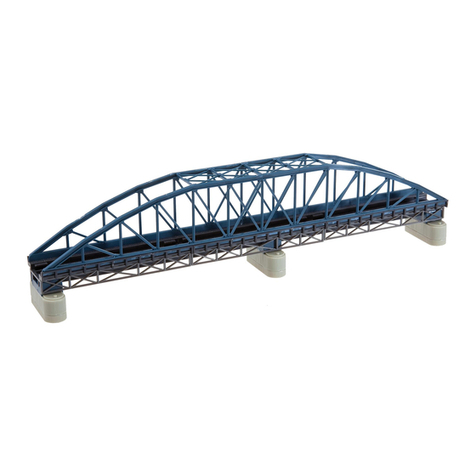
Faller
Faller 2582 quick start guide
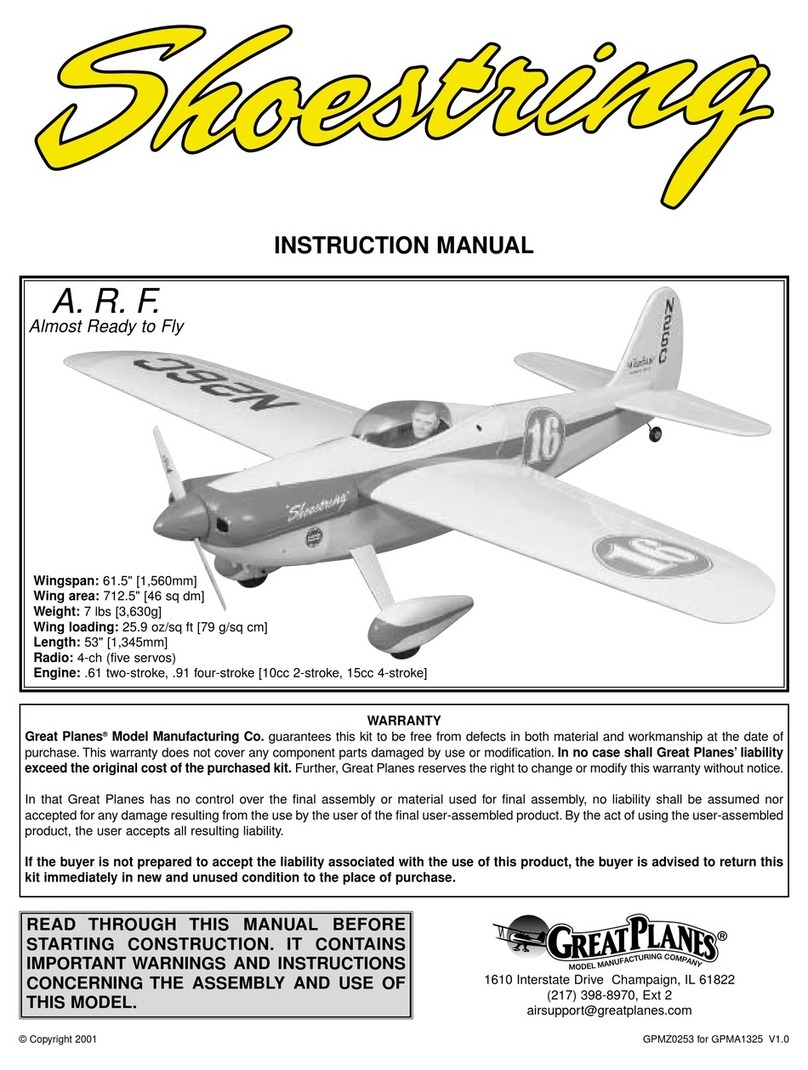
GREAT PLANES
GREAT PLANES Shoestring ARF instruction manual

Zapf Creation
Zapf Creation BABY Born Charlie manual
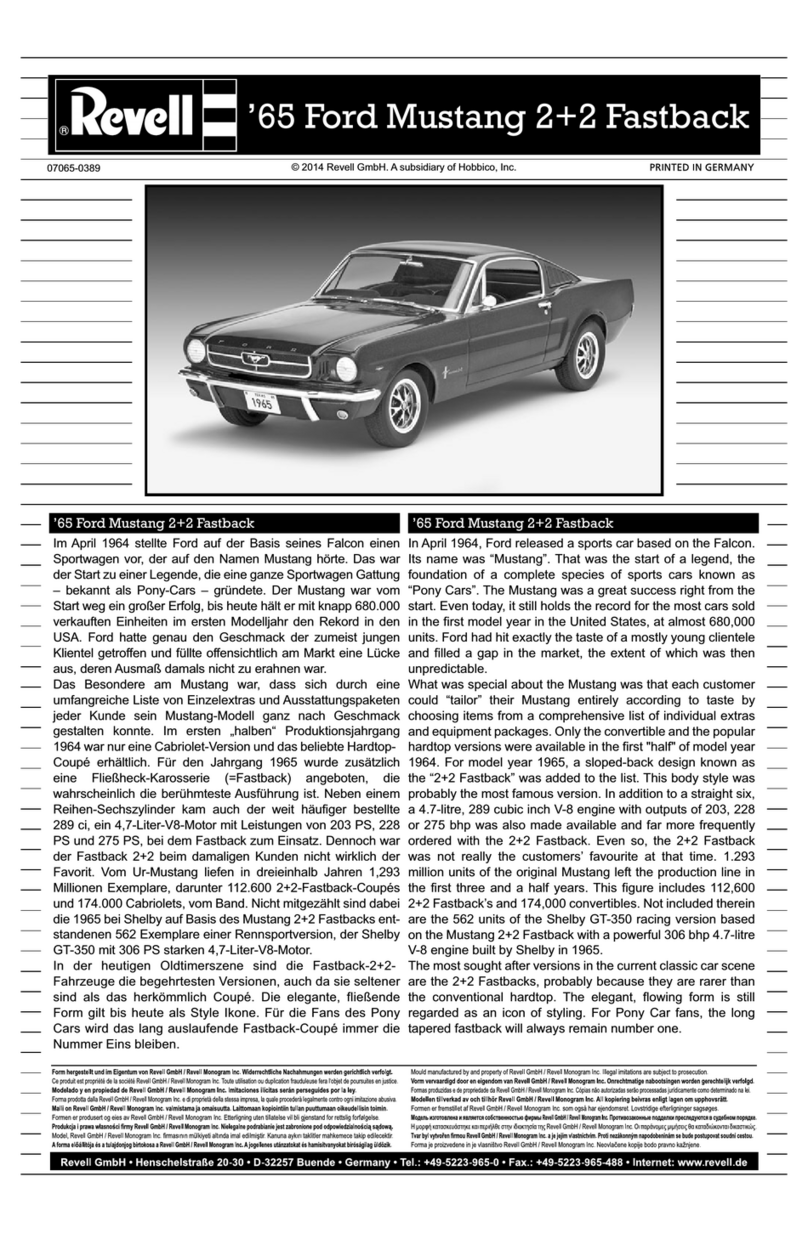
REVELL
REVELL '65 Ford Mustang 2+2 Fastback Assembly guide

Eduard
Eduard Yak-130 Assembly instructions
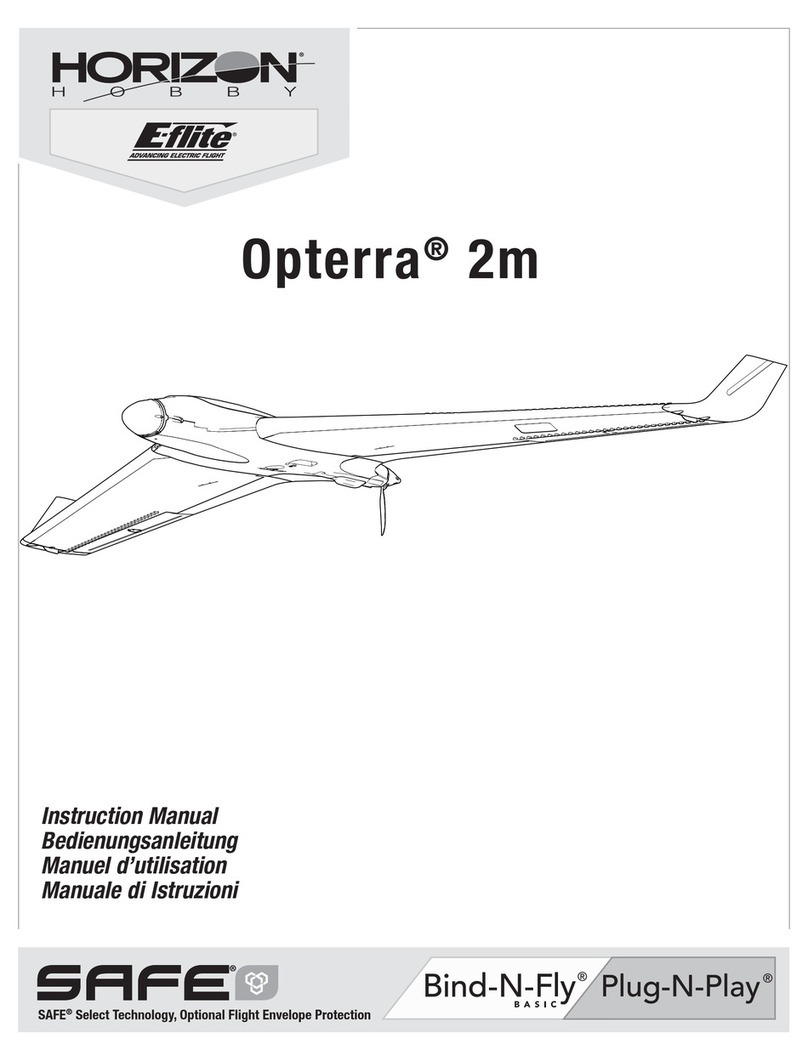
Horizon Hobby
Horizon Hobby Opterra 2m instruction manual
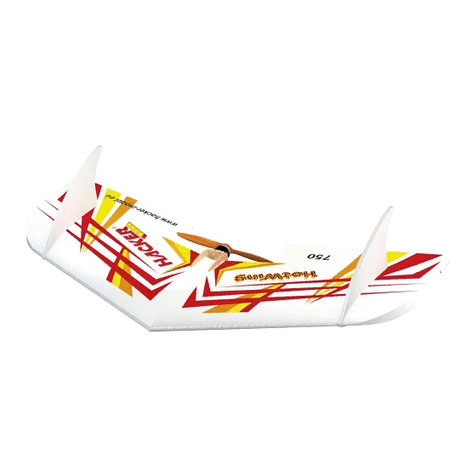
Hacker
Hacker Hotwing 750 instructions

Thames & Kosmos
Thames & Kosmos BOTANY Experimental Greenhouse Science Kit Experiment manual
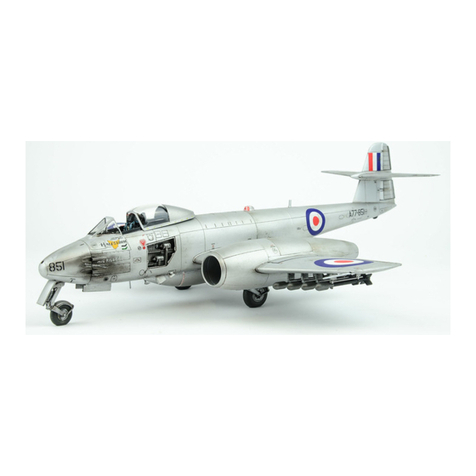
Eduard
Eduard Meteor F.8 engines quick start guide

Meccano
Meccano O OUTFIT Instruction guide
